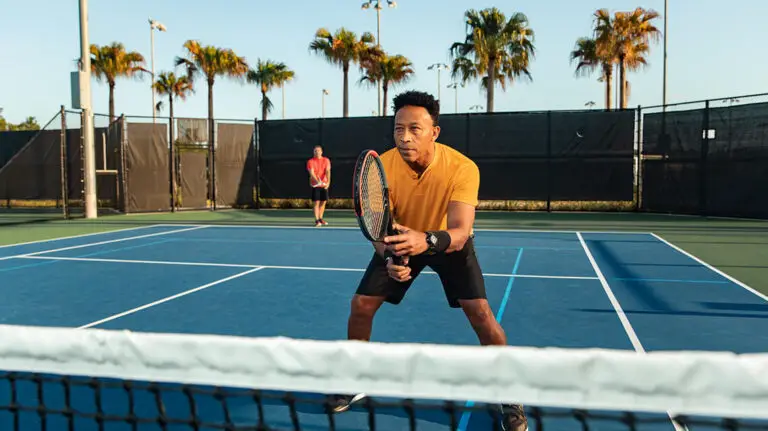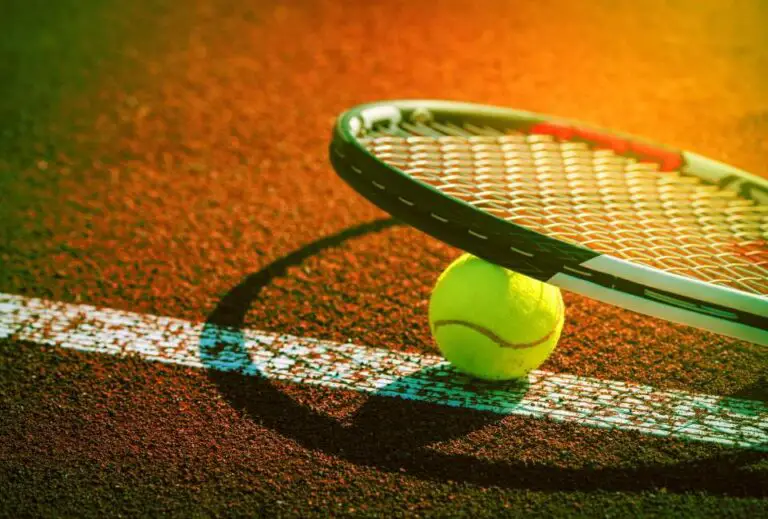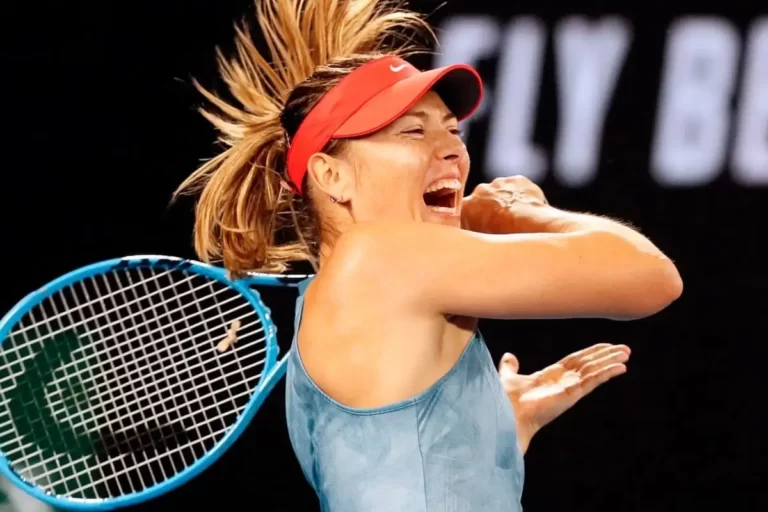Is Tennis A Rich Person Sport?
When you imagine tennis, you might see fancy clubs and big tournaments. But is tennis just for rich people? Let’s find out if that’s true or not.
Because there are so many private tennis clubs, tennis is frequently regarded as a rich sport, likewise with golf. Unlike baseball, football, basketball, and soccer don’t have any private clubs. Exclusiveness comes to mind when you think of a private club.
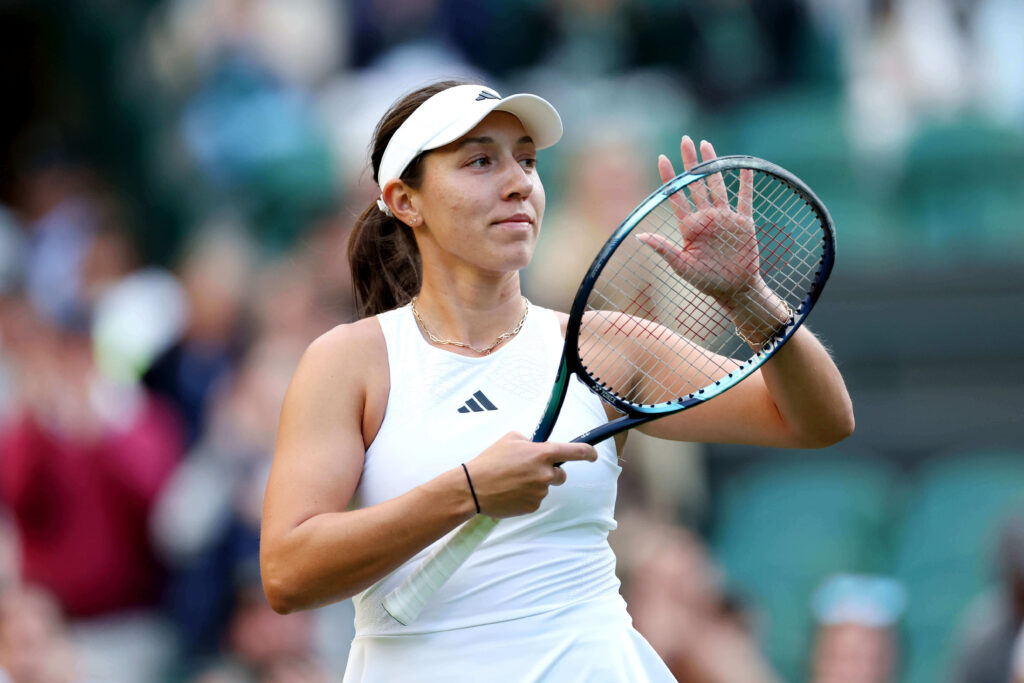
In this article, we’ll unravel the truth behind the perception and explore how tennis has evolved into a sport that’s breaking down financial barriers. From affordable gear options to community initiatives, the world of tennis is becoming more accessible than ever before.
Unveiling the Cost of Playing Tennis
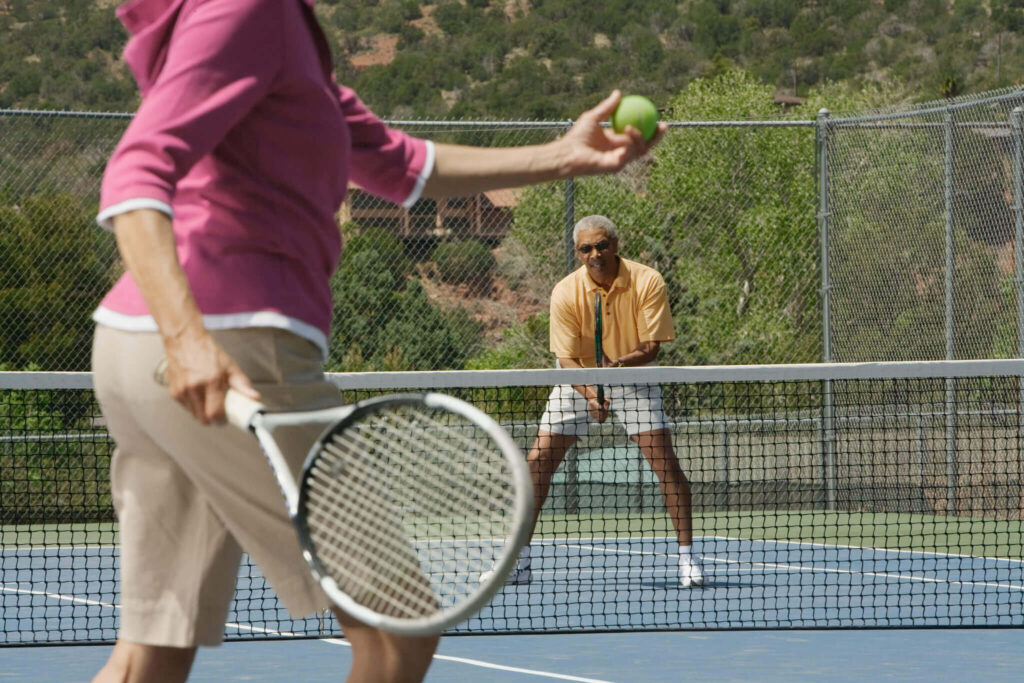
Before you even pick up a racket, it’s essential to understand the financial commitment that comes with playing tennis. While it’s true that some country clubs and high-end facilities may give off an air of exclusivity, the sport itself doesn’t demand a princely sum.
Let’s break down the costs involved:
1. Racquet
The centerpiece of your tennis gear is, of course, the tennis racquet. For beginners, a wide range of options are available at various price points. You don’t need to go for the top-of-the-line models right away.
The cheapest option (about $20) and possibly a wise one for a complete novice. A quality racquet costs between $200 and $300. Pick a racquet that fits your playing style and feels comfortable in your hand. Consider upgrading to a more sophisticated racquet as you grow and gain experience.
For further information, please click on the YouTube link provided below.
2. Tennis Balls
The ammunition that keeps the game going is tennis balls. You will pay between $3 and $5 for one can. Fortunately, you can get them in large quantities without going broke because they are reasonably priced and available in different packages. Remember that tennis balls degrade over time, so maintaining a continuous supply is essential to guarantee consistent performance.
3. Grips
Grips might seem small, but they significantly affect your performance. Over time, the grip on your racquet can wear down, affecting your control and comfort. The cost of regular tennis grips typically ranges from $2 to $10 each.
Replacing the grip periodically can make a noticeable difference in your game. Grips are available in different materials and thicknesses, so you can experiment to find the one that feels just right for you.
Check this Quora link. Many people perceive tennis as a sport for the rich person, while others view it as accessible to everyone. Exploring their discussions on this topic can provide valuable insights into both perspectives.
4. Lessons and Court Fees
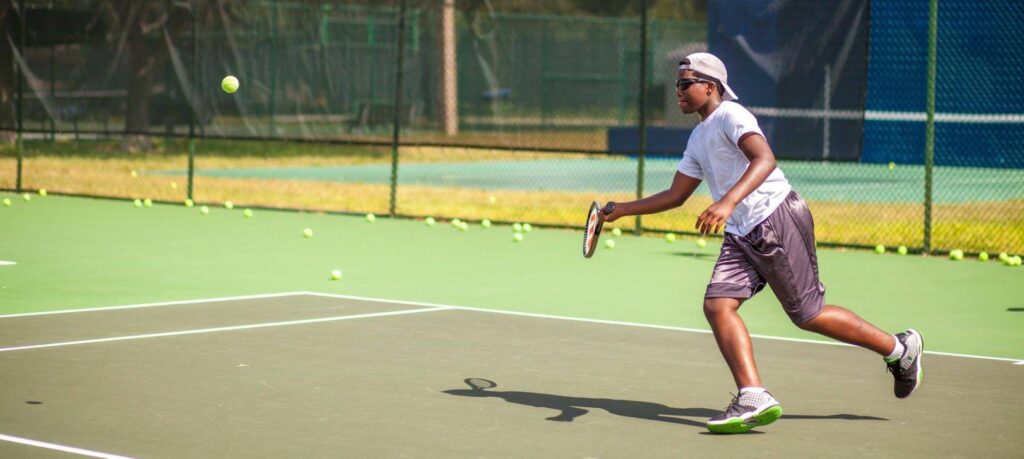
If you’re new to tennis, taking lessons can be immensely helpful. Court fees might vary, but many public courts offer free or reasonably priced playing time.
5. Other Costs of Tennis Equipment
Beyond the racquet and the balls, there are a few other equipment considerations to keep in mind:
Attire and Footwear
While there’s no strict dress code for casual tennis play, wearing comfortable athletic attire and supportive footwear is essential. You don’t need the latest designer tennis outfit—your regular gym clothes will do. Opt for shoes with good grip to prevent slips on the court. I plan to spend about $100 on each pair, which lasts about four months with regular use.
Tennis Bag
As you accumulate gear, a tennis bag becomes handy for carrying everything to the court. Bags come in various sizes and styles, from simple sling bags to larger backpack-style options. The cost of a regular tennis bag can range from $20 to $80.
Accessories
While not essential, accessories like headbands, wristbands, and sunglasses can add a touch of style and practicality to your tennis outfit. They also help you stay comfortable during intense matches. The cost of typical tennis accessories like headbands, wristbands, and sunglasses can range from $5 to $30 each.
Demystifying the Accessibility of Tennis
Exploring the accessibility of tennis unveils whether the sport truly welcomes all or if specific barriers restrict its reach. Let’s delve into this aspect:
1. Public Courts
Public tennis courts shine as beacons of accessibility. These communal spaces provide an open door to tennis, offering affordable or accessible playing opportunities.
This inclusivity enables individuals from diverse backgrounds to engage with the game without financial constraints, fostering a sense of unity on the court.
The cost to play at public tennis courts can vary, but it’s often affordable, ranging from free to around $10 per hour.
2. Grassroots Programs
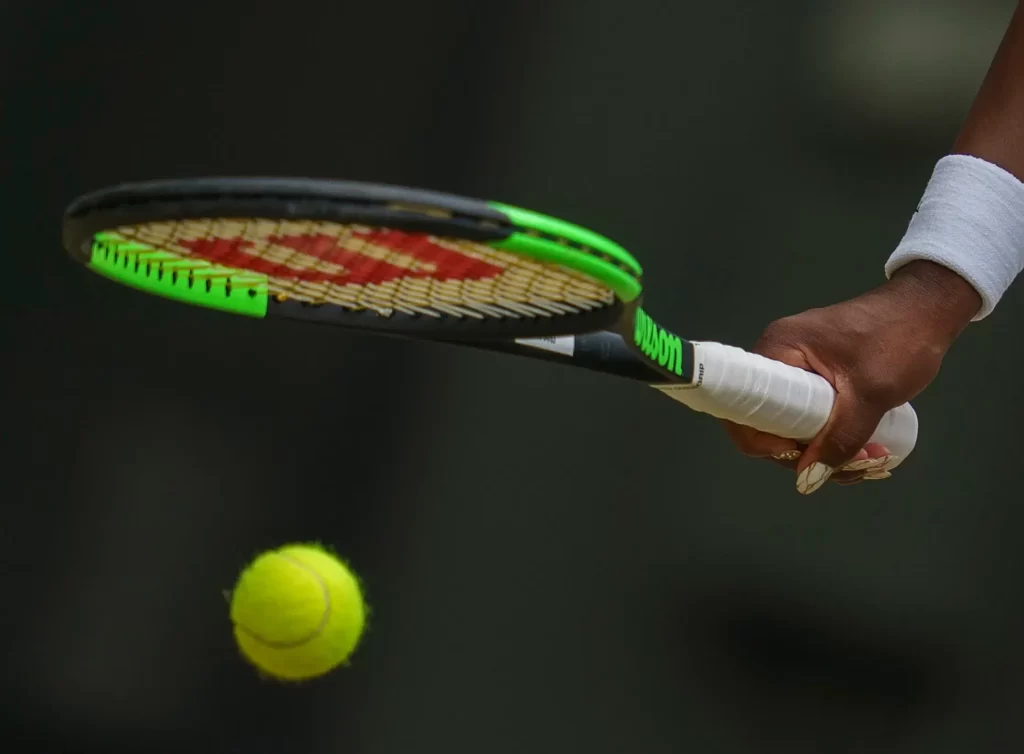
Grassroots initiatives play a pivotal role in democratizing tennis. These programs target underprivileged communities, making tennis accessible to those who might not otherwise have the means.
By offering equipment, coaching, and exposure, these initiatives empower individuals to embrace tennis as a viable activity, thus enriching the sport’s tapestry with diverse voices.
The cost of participating in grassroots tennis programs can vary, but many aim to provide affordable or free opportunities for participants.
3. Diversity and Representation
Tennis-related initiatives to increase diversity are picking up momentum. Tennis is changing as players from all backgrounds and cultures put their own mark on the game.
This developing story honors the diversity of people’s backgrounds and inspires a wider range of people to participate and prosper in the tennis community.
Indeed, it would be insightful to examine the Reddit link provided here. By assessing individuals’ opinions, you can better understand diverse viewpoints.
The income of professional tennis players

Professional tennis players frequently find themselves in the limelight as a result of admiration for their extraordinary abilities and successes. But what about their professional finances?
Let’s study the tennis industry’s financial landscape and how pros handle their income:
Grand Slam Triumphs
There are considerable financial benefits to winning prestigious competitions like Wimbledon or the US Open. Grand Slam winners receive huge prizes, frequently in the millions, which significantly boosts their overall income.
Endorsement Deals
Top players draw sponsorship and endorsement offers from businesses ranging from luxury goods to sportswear firms. These alliances are more profitable than prizes from competitions. Tennis legends like Serena Williams and Roger Federer are renowned for having long sponsorship histories.
Mid-Tier Realities
Grand Slam success is only a goal for some professional players. It might be difficult for mid-tier players to pay for their tournament, coaching, and travel expenses. Their income may be lower, necessitating careful budgeting to support their careers.
Rising Stars and Aspirants
Tennis players with aspirations travel a different financial path. The younger players and those on their way up frequently require financial assistance to pay for their training, travel, and attendance at lower-level competitions.
In the YouTube video, you can learn which tennis players earn and how much. So please check the below link
Expenses
Although prizes can be significant, it’s essential to consider players’ expenditures. The costs of travel, lodging, coaching, medical assistance, and equipment are all included. Effective cost management is crucial for a long-lasting career.
Income Disparities
It’s critical to recognize that tennis has wage discrepancies like other professions. Players of different rankings and genders can expect to receive varied amounts of money and possibilities.
How Much Money Does It Cost to Start Playing Tennis?
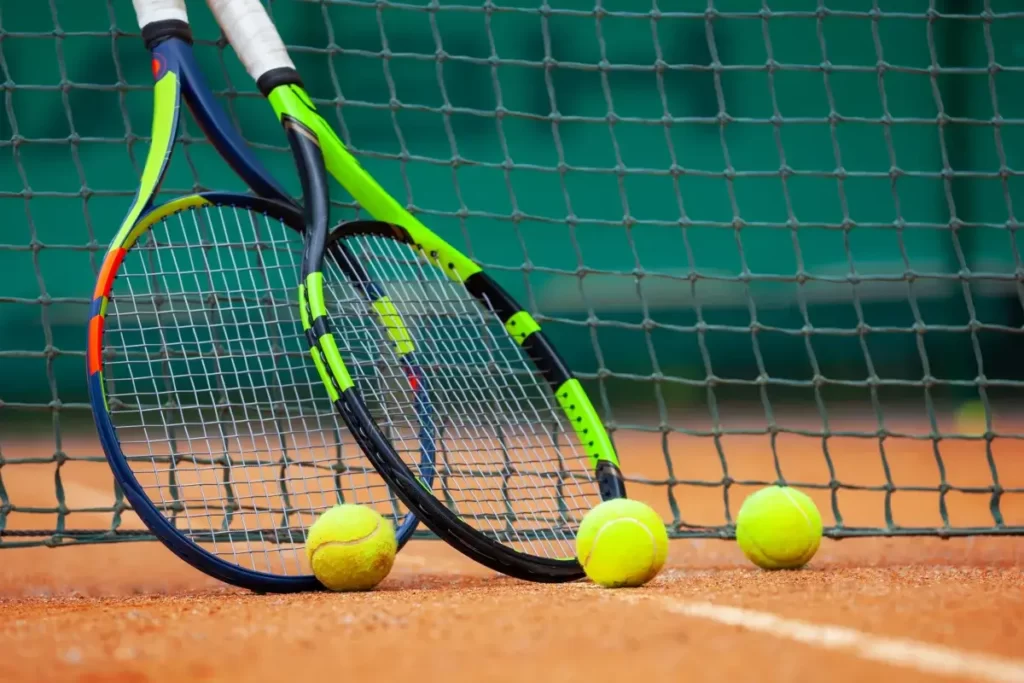
Picking up tennis doesn’t demand a princely fortune in the grand scheme of things. With affordable equipment options, public court availability, and grassroots initiatives, the entry barriers are lower than expected.
Tennis is a sport that encourages everyone to get in the game, regardless of their financial background. So, whether you’re dreaming of Grand Slam victories or simply looking for an enjoyable way to stay active, tennis welcomes you with open arms, not closed wallets.
FAQs
Q1: Can I start playing tennis if I can’t afford expensive equipment?
Absolutely! Many budget-friendly tennis racquets are suitable for beginners, and public courts offer a cost-effective way to play.
Q2: Are there scholarships available for aspiring professional tennis players?
Yes, there are scholarship programs and sponsorships aimed at supporting young talents in pursuing a career in tennis.
Q3: What’s the best way to find public tennis courts in my area?
You can search online for local parks and recreation websites or use apps that list nearby tennis courts.
Q4: Do professional tennis players cover all their expenses with tournament winnings?
Only sometimes. Mid-tier and aspiring players face challenges covering their training, travel, and accommodation costs.
Q5: Is tennis coaching expensive?
The cost of coaching can vary widely. Some public courts offer affordable group lessons, while private coaching may be pricier.
Conclusion
Starting to play tennis doesn’t require a considerable investment. With a reasonably priced racquet, a steady supply of tennis balls, and other essential equipment, you can step onto the court and begin your tennis journey. As your skills and enthusiasm grow, you can gradually explore additional gear to enhance your game. Remember, it’s not about how much you spend but how much fun you have on the court.
REFERENCES
- https://www.menstennisforums.com/threads/tennis-is-a-rich-people-sport.1002631/
- https://tt.tennis-warehouse.com/index.php?threads/is-tennis-a-sport-of-privilege-and-status.694777/
- https://www.reddit.com/r/tennis/comments/81qtc3/is_tennis_just_for_the_rich/
- https://www.reddit.com/r/10s/comments/14e1d1s/is_tennis_a_rich_persons_sport/
- https://www.quora.com/Is-tennis-a-rich-sport

